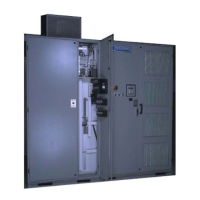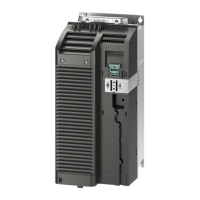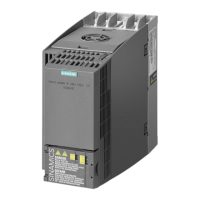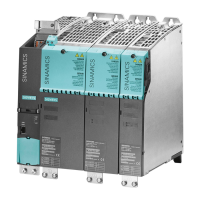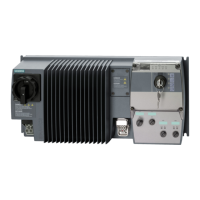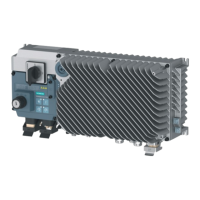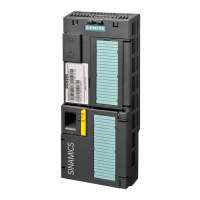Quantity Name Description Pin Number Scaling at Break‐
out Board
7 Future Use Pins reserved for
future use:
C5; C6; C7; C8; C9;
C10; C12
N/A
3 FPGA FPGA test points A6; B6; A15 3.3 V logic
3 AGND Analog ground A1, A11, B1 N/A
2 DGND Digital ground C11, C16 N/A
1 Future Use A16 N/A
1 Future Use B16 N/A
1 Future Use C15 N/A
5.2.3 Control Power
The NXGPro+ Control is powered by a dedicated modular power supply through a proprietary
cable assembly that connects to the DCR at ports P6 or P7. The second port is for the redundant
power supply option. The Hall Eect sensor power is also routed from this power supply through
the DCR and out to the Hall Eects from the SIB. These power supplies are dedicated to the proper
operation of the control and Hall Eects, and must not be used for any other purpose.
5.2.4 Modulator and Fiber Optics
As part of the control system, the modulator section of the main control board provides
coordinated control of the power cell units that comprise the power section of the drive to
provide a clean, three-phase, sinusoidal output source to the motor.
The control system inputs the desired control reference signals, and through the chosen control
mode, regulates the desired output by providing the cells with the appropriate pulse width
modulation (PWM) information from the modulator. The cells require the PWM information to
operate the transistor H-bridge in each of the cells. The modulator communicates this and other
status information with each cell via a ber optic cable. Fiber optic cables provide needed
electrical isolation from the high cell voltages. The ber optic cable are attached to the ber optic
main board and ber optic expansion boards in the DCR.
The modulator also sends the drive enable command to each cell to enable the transistors. The
cell responds with status information that is monitored with every transmission.
Hardware User Interface Description
5.2 Non-user Accessible Interfaces
NXGPro+ Control Manual
66 Operating Manual, A5E50491925A
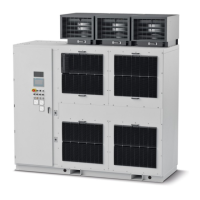
